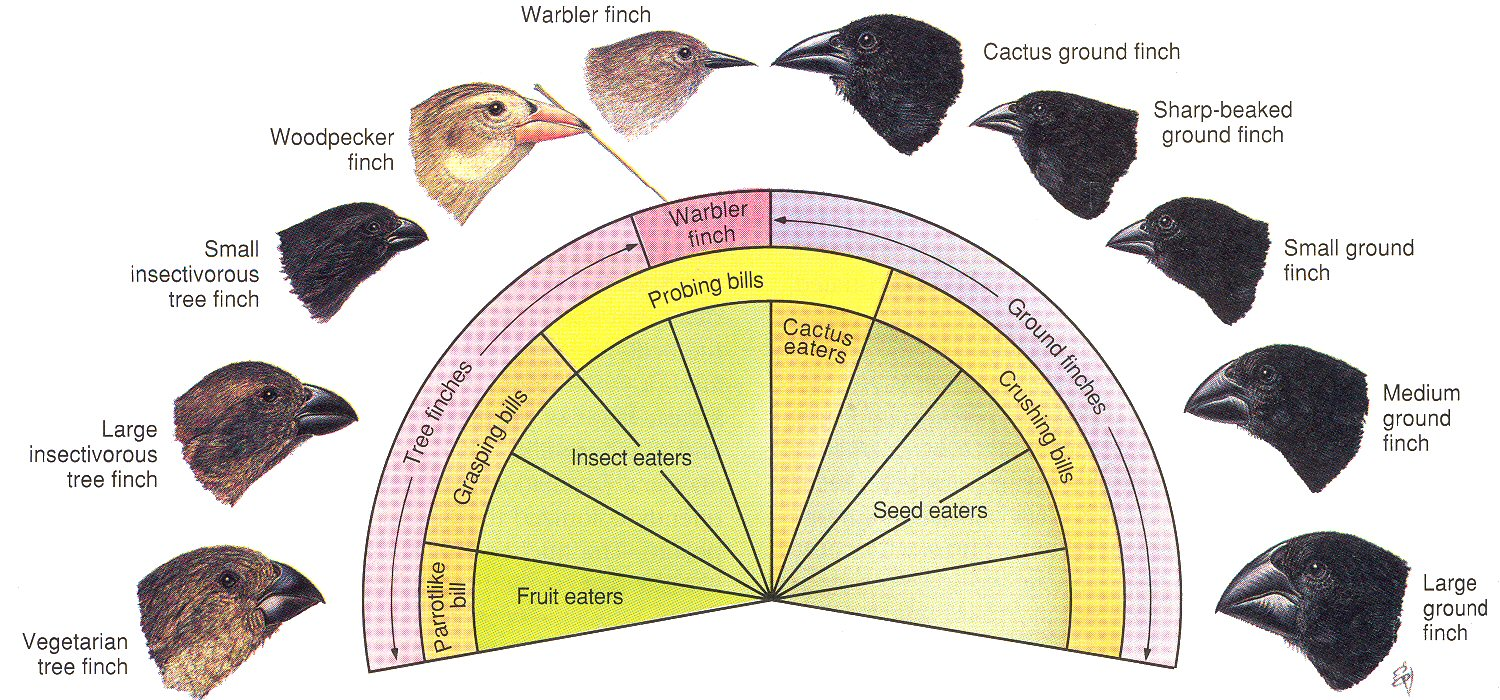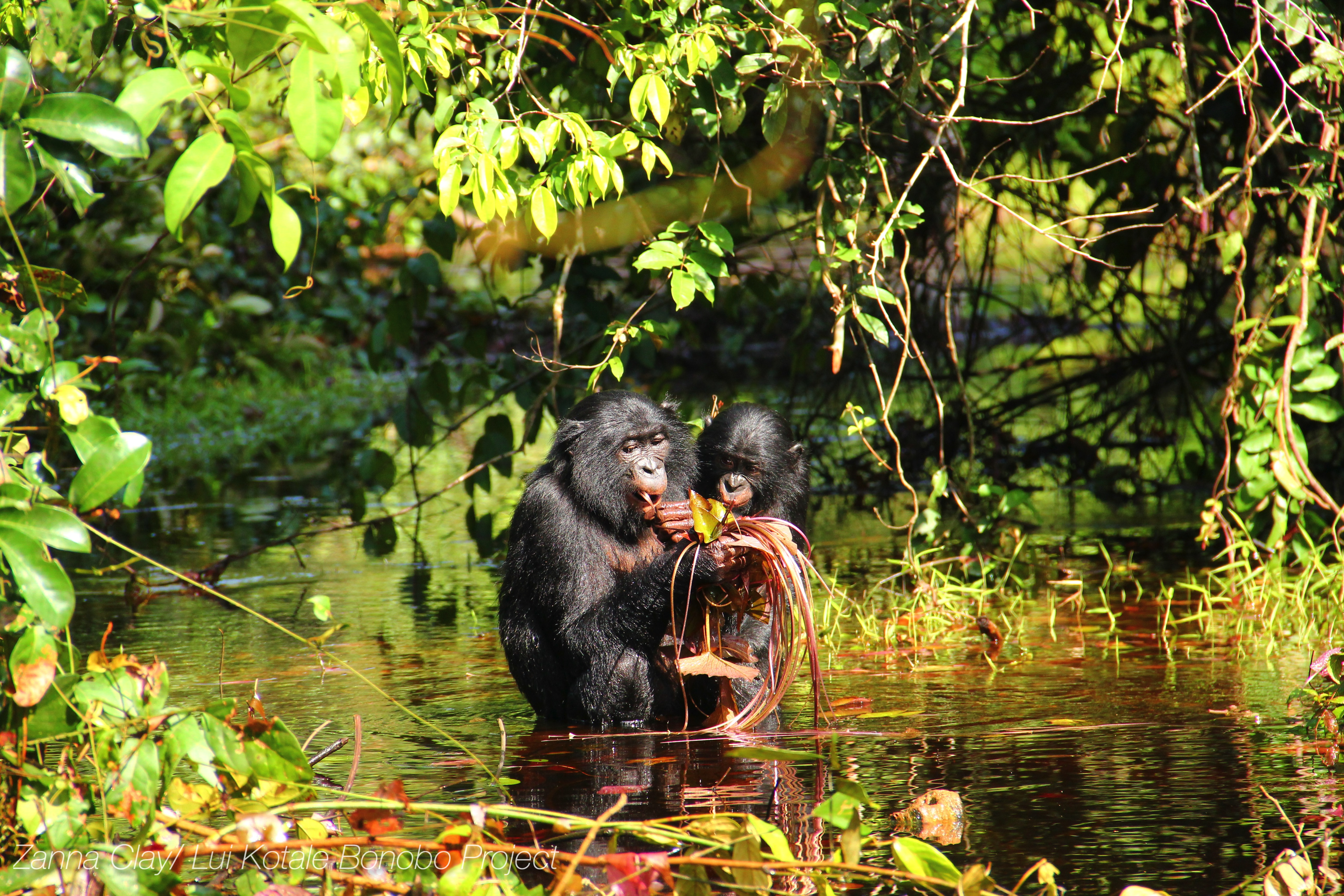Genetic adaptation in house finches has become a captivating subject of research, revealing how these common backyard birds respond to environmental challenges. Recent studies, particularly a groundbreaking pangenomic analysis, have identified a significant DNA inversion linked to disease resistance in birds, illuminating the intricate mechanisms of evolutionary adaptation. This innovative approach leverages extensive genetic data to provide a clearer picture of how house finches have acquired resilience against certain pathogens. By examining the evolutionary responses of these birds to infections, researchers like Bohao Fang shed light on broader themes of disease resistance and natural selection. As we explore the genetic intricacies of house finches, we gain valuable insights into the dynamic interplay between genetics and environmental pressures that shape avian populations.
The exploration of evolutionary changes in house finches—often referred to as genetic evolution in avian species—sheds light on their remarkable adaptive capabilities. This focus on the genetic mechanisms at play is crucial for understanding how these small birds deal with various ecological pressures. Insights from advanced studies, including pangenomic investigations, reveal substantial chromosomal rearrangements that contribute to their resilience against illnesses. Such findings underscore the importance of comprehensive genetic research and may have broader implications for studying disease resistance across other wildlife. In examining how these adaptive processes manifest in house finches, scientists can draw parallels to the evolutionary strategies of other species in responding to infectious threats.
Understanding Genetic Adaptation in House Finches
Genetic adaptation in house finches is a fascinating subject that illuminates the processes by which species evolve in response to environmental pressures. Recent research has shed light on how these birds have successfully adapted to resist certain diseases, a crucial component of their survival in the wild. Bohao Fang’s groundbreaking study reveals that a significant DNA inversion plays a pivotal role in this resistance, showcasing the intricate relationship between genetics and evolutionary adaptation. By utilizing advanced sequencing techniques, scientists can now better understand the underlying mechanisms that enable these birds to thrive despite the presence of prevalent pathogens.
The study offers a compelling example of how genetic adaptability can be observed in real-time. By evaluating the genomic data collected over the years, researchers have documented changes in the house finch population that correspond to shifts in disease prevalence. These insights not only highlight the importance of genetic variation within a single species but also underscore the potential implications for broader ecological dynamics. As the house finch navigates new threats, understanding the nuances of its genetic makeup provides a roadmap for studying evolutionary adaptations across different species, including humans.
The Role of Pangenomic Studies in Evolutionary Adaptation
Pangenomic studies represent a transformative shift in how researchers can investigate genetic variation and evolutionary adaptations. By examining multiple genomes from a population rather than relying on a single reference genome, scientists gain a more comprehensive understanding of genetic diversity. In the case of the house finch, this methodology unveiled structural variations, including the significant DNA inversion identified by Bohao Fang, that may go unnoticed in traditional genetic studies. This broader approach enables researchers to piece together how selective pressures, such as disease, drive genetic change over time.
The implications of pangenomic research extend beyond the confines of avian studies. For instance, insights gained from house finch research can be applied to strategies concerning disease resistance in birds and potentially other wildlife. With more accurate genetic data at hand, conservationists can make informed decisions about breeding programs and habitat preservation efforts that consider the adaptive capacities of various species. This modern lens on evolutionary biology not only enhances our comprehension of genetic adaptation but also emphasizes the critical need for ongoing research as environmental challenges continue to evolve.
Innovative methodologies like pangenomic sequencing are revolutionizing our grasp of how species cope with pathogens, providing a framework for future studies. As genomic technologies advance, they promise to unlock further secrets of evolution, not just in birds, but across all forms of life. The potential to uncover new patterns of adaptive evolution could be instrumental in understanding resilience mechanisms in response to emerging infectious diseases.
Significance of DNA Inversion in Disease Resistance
The discovery of DNA inversion as a critical factor in the disease resistance of house finches offers a remarkable glimpse into the genetic blueprints that dictate survival. This structural variation identified in the study serves as an evolutionary adaptation that allows these birds to combat infections more effectively. The link between genetic adaptation and structural changes in DNA underscores the complexity of evolutionary mechanisms. It highlights how seemingly minor shifts in genetic architecture can have profound implications for a species’ ability to respond to environmental challenges, such as disease outbreaks.
Moreover, understanding how DNA inversions contribute to disease resistance is not only relevant to house finches but also to our broader comprehension of avian health and conservation. These genetic adaptations can provide clues about how other species, including domesticated birds and even mammals like humans, might evolve resistance to infectious diseases over time. As scientists continue to unravel these genetic mysteries, the insights gained could play a crucial role in developing strategies to mitigate the impact of diseases on wildlife populations, ultimately aiding in their conservation.
House Finch Research as a Model for Studying Coevolution
House finch research plays a pivotal role in understanding the dynamics of coevolution between hosts and pathogens. The bird’s historical response to a bacterial outbreak of conjunctivitis has provided researchers with a unique natural experiment to observe genetic adaptations in real-time. As Bohao Fang’s study indicates, examining genetic responses to this disease has illuminated the adaptive strategies employed by house finches. This coevolutionary perspective enhances our understanding of the ongoing interplay between species and their infectious agents, offering critical lessons for other organisms.
Investigating coevolution through the lens of house finch research allows scientists to better grasp how genetics shape disease outcomes in wild populations. The genetic variations uncovered via advanced pangenomic techniques unveil the pathways through which these birds have developed immune responses. Through the lens of evolutionary biology, the house finch becomes a living laboratory, providing valuable insights into how species might navigate future challenges posed by new pathogens. By understanding the intricacies of these relationships, we can better anticipate and respond to potential outbreaks and enhance conservation efforts across diverse ecosystems.
The Future of Population Genomics in Birds
The future of population genomics in birds is bright, especially with the advent of innovative approaches like those exemplified in house finch research. By moving beyond traditional genomic studies focused on single reference individuals, researchers can create a more nuanced picture of genetic variation within populations. This shift not only reduces potential biases but also opens the door to discovering previously unnoticed genetic adaptations, such as those related to disease resistance. As highlighted by Bohao Fang’s work, this methodology promises to enhance our understanding of how birds, and perhaps other species, can quickly adapt to environmental pressures.
As population genomic studies continue to evolve, they will likely play a crucial role in informing conservation strategies. With a better understanding of genetic diversity and the mechanisms of evolutionary adaptation, conservationists can tailor their approaches to support resilience in bird populations. This comprehensive analysis can facilitate targeted interventions, ensuring that these species can withstand not only current threats but also adapt to future challenges posed by shifting ecosystems and emerging pathogens. The ongoing research into the genetic fabric of house finches serves as a template for how such studies can impact conservation and the study of evolutionary biology.
Insights into Bird Disease Resistance Mechanisms
Understanding disease resistance mechanisms in birds is pivotal for both wildlife conservation and public health initiatives. The structural variations identified in the house finch’s DNA provide new insights into how avian species can cope with infectious diseases. By uncovering the genetic underpinnings of these adaptations, researchers can improve their understanding of how birds react to pathogens. This understanding is not only crucial for managing bird populations but also has implications for the health of ecosystems where these species play vital roles.
Moreover, the correlation between genetic adaptations in birds and broader disease dynamics offers essential insights into the evolutionary arms race between hosts and pathogens. Birds, particularly those like the house finch that face distinct environmental challenges, illustrate how specific genetic traits can bolster resistance. As researchers delve deeper into the genetic foundations of disease resistance, these insights could inform strategies to address emerging infectious diseases across all animal species, enhancing our collective understanding of health in wildlife.
Advancements in Genetic Research Techniques
The advancements in genetic research techniques have opened new avenues for scientists studying evolutionary biology. Techniques such as long-read sequencing and pangenomics have revolutionized how researchers approach the study of genetic variation. By providing a clearer view of large-scale structural variations within specific species, these methods allow for a more profound understanding of adaptive evolution. In the case of the house finch, these advances have been critical in revealing genetic adaptations that enhance disease resistance, offering a more holistic perspective than traditional approaches.
These cutting-edge techniques are not just limited to avian studies; their implications extend across various fields of genetic research. As these tools become more accessible, researchers can uncover complex genetic relationships and evolutionary strategies. This democratization of genomic tools could accelerate the pace of discovery in evolutionary biology, enabling scientists to address urgent questions about resilience, adaptation, and the future of biodiversity amidst changing environmental conditions.
Exploring Structural Variants and Evolutionary Outcomes
Structural variants, such as DNA inversions identified in the house finch, are reshaping our understanding of evolutionary outcomes. These genetic changes can significantly influence an organism’s fitness and ability to adapt to environmental pressures, such as disease outbreaks. Research into these structural variations provides valuable insights into how different species can develop resilience. The long read sequencing employed in the house finch study reveals the importance of looking beyond single nucleotide changes to appreciate the full spectrum of genetic diversity.
As research continues to evolve, understanding the relationship between structural variants and evolutionary success will become increasingly vital. This knowledge not only informs conservation strategies for specific species but can also have broader implications for understanding evolutionary mechanisms in a changing world. By studying how species like the house finch navigate challenges, we can glean invaluable lessons on resilience that could shape future responses to environmental shifts across various ecological contexts.
Frequently Asked Questions
What is the significance of the recent pangenomic study on genetic adaptation in house finches?
The recent pangenomic study revealed a crucial DNA inversion in house finches that may enhance their resistance to specific diseases. This structural variation offers insights into evolutionary adaptation processes in birds, highlighting how genetic factors like these can influence disease resilience in natural populations.
How does DNA inversion relate to evolutionary adaptation in house finches?
DNA inversion is a type of structural variation that can lead to significant changes in an organism’s genome. In house finches, a notable inversion linked to disease resistance was identified, suggesting that such genetic adaptations allow these birds to cope with infections, showcasing the evolutionary mechanisms at play.
What role does house finch research play in understanding disease resistance in birds?
House finch research provides a unique perspective on disease resistance as these birds have naturally adapted to a bacterial pathogen causing conjunctivitis. By examining the genetic adaptations in house finches, researchers can better understand the broader implications of host-pathogen interactions and evolutionary adaptations among bird species.
What methodologies were used in the study of genetic adaptation in house finches?
The study utilized advanced sequencing techniques and a pangenomic approach, which allows for a comprehensive analysis of genetic material across various individuals. This methodology enables researchers to uncover large-scale structural variations, like the DNA inversion found in house finches, that contribute to understanding evolutionary adaptations.
Can the findings about genetic adaptation in house finches be applied to other species?
Yes, the findings from house finches can inform our understanding of how other species, including humans, might adapt genetically to infectious diseases. The principles of evolutionary adaptation observed in house finches may offer valuable insights into the mechanisms of disease resistance present in various organisms.
Why is studying genetic adaptation in house finches important for understanding evolution?
Studying genetic adaptation in house finches is crucial because it exemplifies real-world evolutionary responses to disease pressures. Insights gained from these studies can help researchers decode the complexities of evolutionary biology and the genetic factors driving adaptation in wild populations.
| Key Point | Details |
|---|---|
| Study Focus | Investigates genetic adaptation in house finches through a pangenomic study. |
| Major Finding | Identification of a significant DNA inversion that enhances disease resistance in house finches. |
| Research Methodology | Utilizes advanced sequencing techniques to analyze genetic variation across multiple individual specimens. |
| Evolutionary Implications | Provides insights into how species adapt to diseases in the wild, specifically without vaccine assistance. |
| Future Research Directions | Encourages broader applications of pangenomic approaches in studying genetic variations across different species. |
Summary
Genetic adaptation in house finches plays a crucial role in understanding how species evolve to resist diseases. The recent study highlighted the importance of utilizing pangenomic techniques to uncover genetic variations that influence disease resistance. By focusing on the house finch, researchers have illustrated a real-world example of evolutionary adaptation, emphasizing the relevance of structural changes in DNA. This research not only sheds light on the finch’s ability to cope with pathogens but also offers valuable insights into how other species, including humans, might genetically respond to infectious diseases over time.




